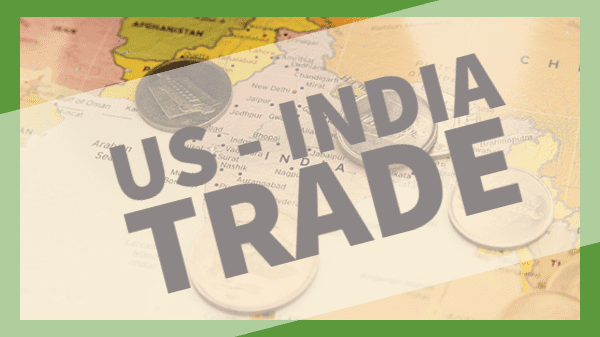Has The Indian Economy Entered A “Cyclical Growth Slowdown”?
This week, the headlines were flooded with analysis about India’s economic slowdown. The first set of advance estimates for FY25 pegged India’s real GDP growth at 6.4%, which is a noticeable dip from last year’s 8.2%. It’s also below the Reserve Bank of India’s projection of 6.6%. The manufacturing sector, in particular, is expected to take a hit, and pretty much every sector, except agriculture, is forecasting slower growth.
But let’s be honest—the average Indian didn’t need to see those numbers to know something’s off. There’s been a rise in retail loan defaults, personal loan growth has almost halved compared to last year, consumer spending is sluggish, entry-level car sales have taken a hit, and household inflation is still pinching wallets. The signs have been there, loud and clear, for anyone paying attention.
And here’s the kicker: these numbers might actually end up worse than the first estimates. The festive period from October to December was far from vibrant, and it’s looking more likely that future revisions will push growth predictions even lower.
So, what’s happening here? Economists are calling it a “cyclical growth slowdown,” which basically means a temporary slump in demand that’s causing a rough patch. Some might view this as an optimistic take, but let’s not forget—we’ve seen this before. The economy took a serious hit back in 2019 and 2020 when the pandemic knocked things out of whack. And if you look at the bigger picture, it’s clear that India’s been facing some persistent struggles in key areas like investment, exports, and consumption.v

Doom Trumps: The Storm Clouds Over India’s Economy
India’s economy is facing a couple of major headwinds this year, and neither of them are looking particularly friendly. First up, there’s a growing sense of doom on the global trade front as President-elect Donald Trump continues to lob tariff threats at everyone in sight.
Now, India may not be as big a player in America’s trade game as China, Mexico, or the European Union, but it’s definitely been under the microscope in the past for its high tariffs, which limit market access. While Trump’s proposed tariff hikes on Chinese imports could open up new opportunities for India, it could also backfire, leaving India on the receiving end of hefty reciprocal tariffs.
The real kicker here? Despite the warm relationship between Prime Minister Modi and Trump, no one really knows how the new US president will play his cards. Remember, a mini-trade deal between India and the US fell through during Trump’s last term.
But that’s not the only problem India’s dealing with.
Foreign investment flows are looking shaky. Between April and October of this financial year, net foreign direct investment (FDI) to India dropped to a 12-year low. What’s more concerning is that foreign companies are pulling out more money than ever, while Indian companies are looking to invest abroad. The stock market’s turmoil has only added to the uncertainty. Foreign investors sold off over Rs. 19,000 crore in the first few days of January, and redemptions from India-focused equity funds hit a three-year high. A sinking stock market is never good news.
And then, there’s the rupee. It’s sliding through the levels against the US dollar with no sign of stopping anytime soon. The big question is, where will it land?
The Underlying Truth
The reality is, none of these problems—tariff threats, a weak rupee, or capital outflows—are new. What’s different now is the much more complex geopolitical scene. With the US under a new president, there’s no telling how far the tariff wars will escalate. India, with its already fragile economy, can’t afford to be caught in the crossfire.
It’s also becoming increasingly tricky for India to maintain close ties with both the US and Russia while trying to strengthen trade with both. On top of that, relations with neighboring countries like the Maldives, Bangladesh, Sri Lanka, and Nepal are rocky, especially as they balance their own relationships with China.
For years, India’s foreign policy has been bolstered by the idea that it could be a counter to China, especially with its promise of a thriving consumer market. But as India’s growth prospects begin to slow, it’s unclear if India will continue to maintain those “multiple options” Foreign Minister S. Jaishankar often talks about.
The truth is, no one knows what the future holds. With a low-intensity election cycle this year, it might be time to shift the focus back to India’s internal issues—the economy’s nuts and bolts. So far, government schemes have done little to address key problems like unemployment, high food inflation, low private investment, and growing income inequality.
The difference this year is that the challenges are piling up. Most of them are out of India’s control, and there’s no way to escape their impact. Much like a flight attendant’s instructions for a crash landing, it’s time to brace for impact. Economic turbulence is on the horizon and Indian Economy will likely not be spared.